Limpião, the rebel of Sertao
The Brazilian Sertao is an arid region, characterized by the "caatinga", a particular vegetation that gives it a lunar appearance during periods of drought. Emigration to the states of the north and the Amazon, to seek his fortune in the plantations of rubber trees, has always characterized the history of "sertanejos" miscegenation between Indian and Portuguese from the proverbial resistance to work. In an environment like this, where placement under estates sets the stage for survival, was born in 1900 Virgulino Ferreira Da Silva, nicknamed Limpião for the light that made his rifle during a gun battle with police.
The choice for a sertanejos was to work for the fazendeiro or become a "cangaceiro", a figure that stands between the rebel and the bandit, and Limpião for nearly nineteen years he was the undisputed leader. Small in stature, thin but strong could read and write, play guitar, and found in his character decided to push to form the most numerous and warlike group of cangaceiro Sertao. Legend has it that Virgulino reacted to the violent death of his father hugging his rifle, actually seems to have been forced into hiding by a long family feud that saw him banished and rebellious, generous but cruel thief and murderess. The storytellers and popular literature tell us his constant escapes from the police encirclement, the raids and his love until he meets Maria Bonita, the woman who won the heart and beside him in life for the rest of his days.
The governor of Bahia, cornered by a series of failures of his army, turned to Limpião and his men to put an end to raids by a team of officers, the Prestes Column, fled after a failed coup . Limpião accepted weapons and grades as captain that he was given, but soon went into hiding rejecting any kind of involvement in matters which are considered too distant from his choice of life, while continuing to use the title of captain.
The end of Limpião is shrouded in mystery. The official story spoke of his capture by the police while he was with his partner Maria Bonita and some loyalists in the mountains of Angico in the state of Sergipe, difficult to access area, well known by Limpião and his men because previously used as refuge. In fact it seems he was betrayed and poisoned before being handed over to the police looking for him for twenty years. Certainly the head Limpião and Mary were cut, placed in alcohol and exhibited before long the return trip to Salvador and then exposed to the sight of visitors for nearly thirty years' at the Institute of Forensic Medicine Nina Rodrigues, until a governor pity gave them regular burial.
Borderland, Feira de Santana marks the encounter between the influences of the North American Sertao and reality Afro-Brazilian state of Bahia. Every Monday, a lively livestock market reports Feira de Santana at a time when the local herdsmen exchanged their goods with sertanejos, while the rebels cangaceiro sought refuge in neighboring Sertao to escape from exploitation of the ranchers.
Emilio Navarino

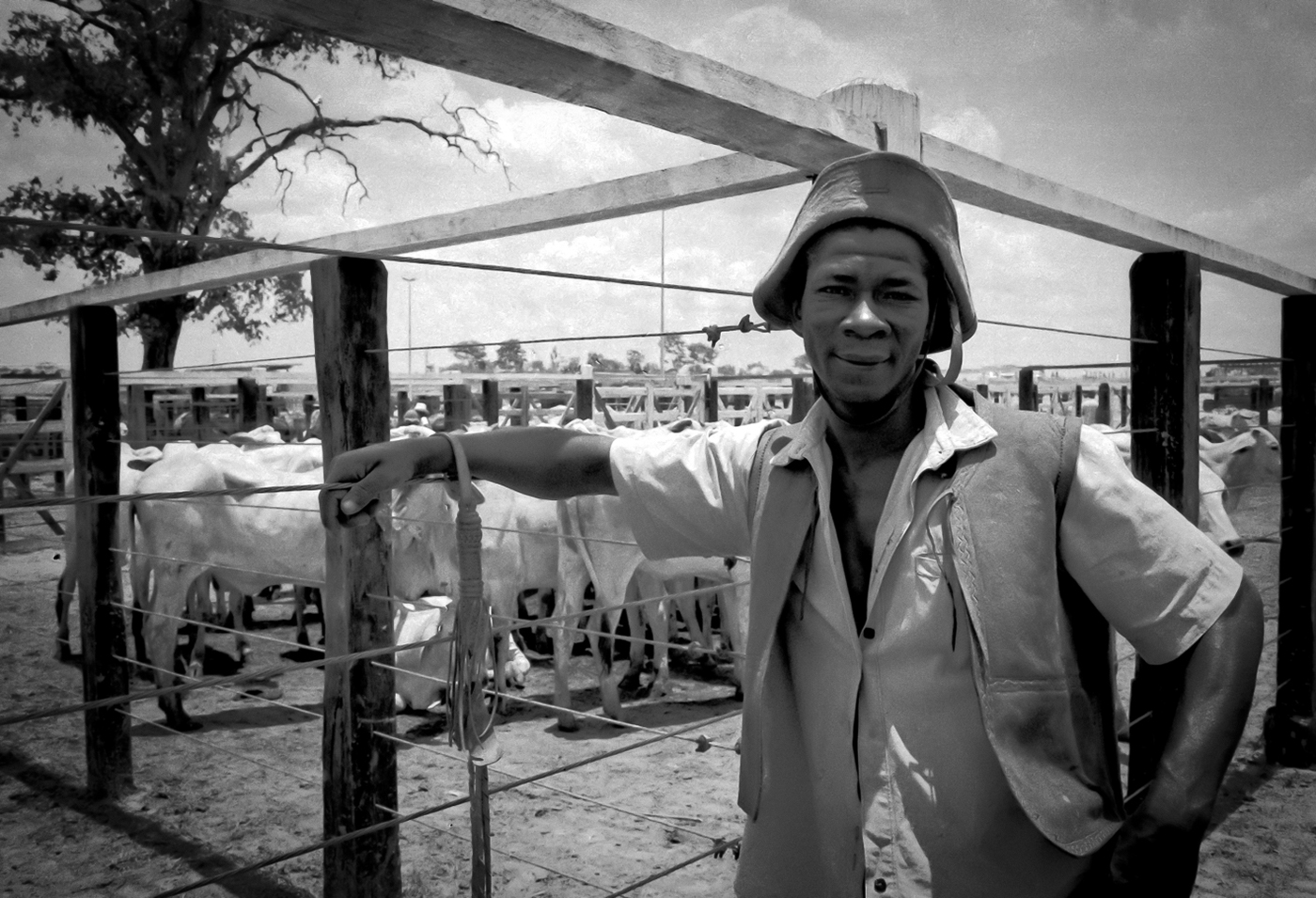

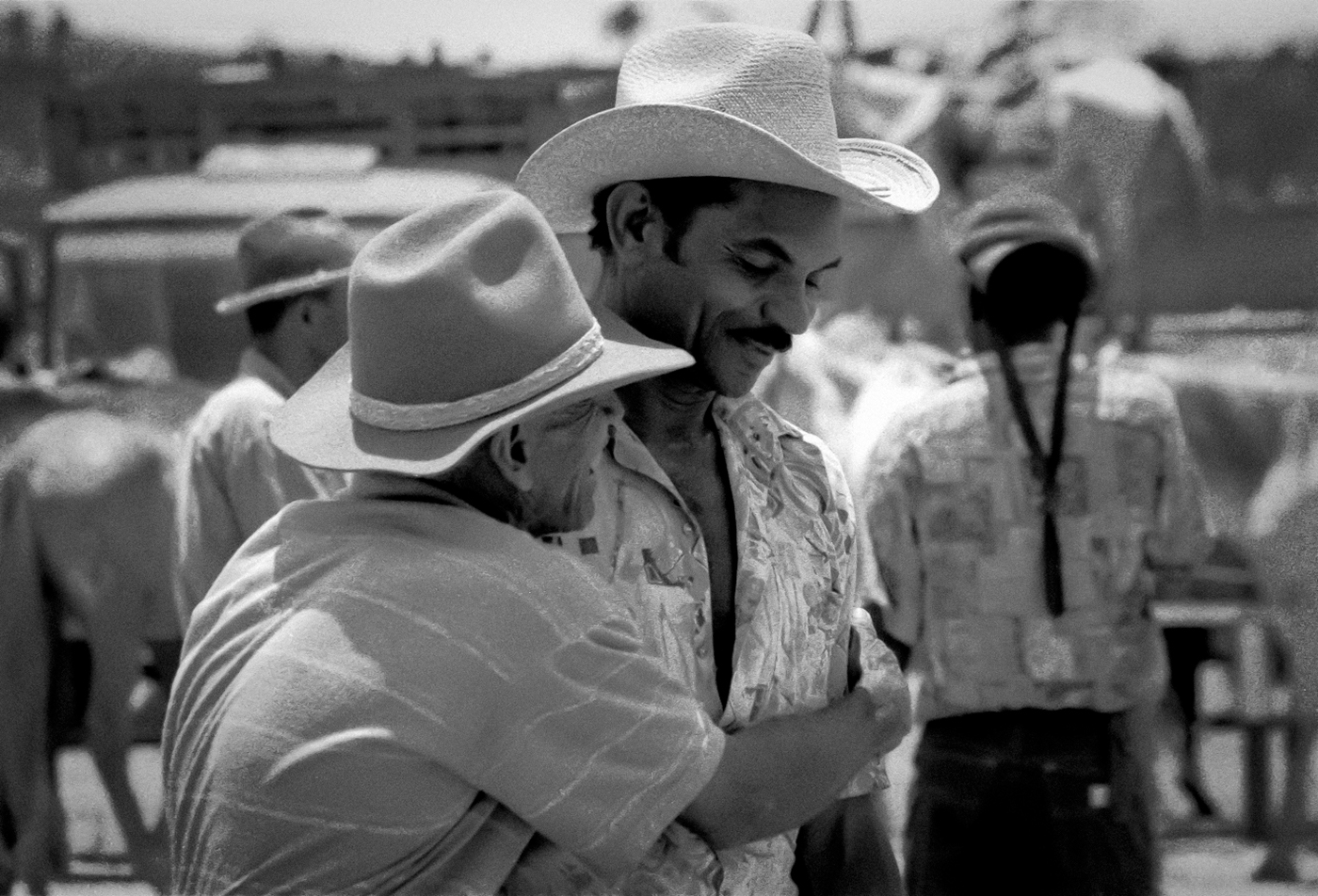
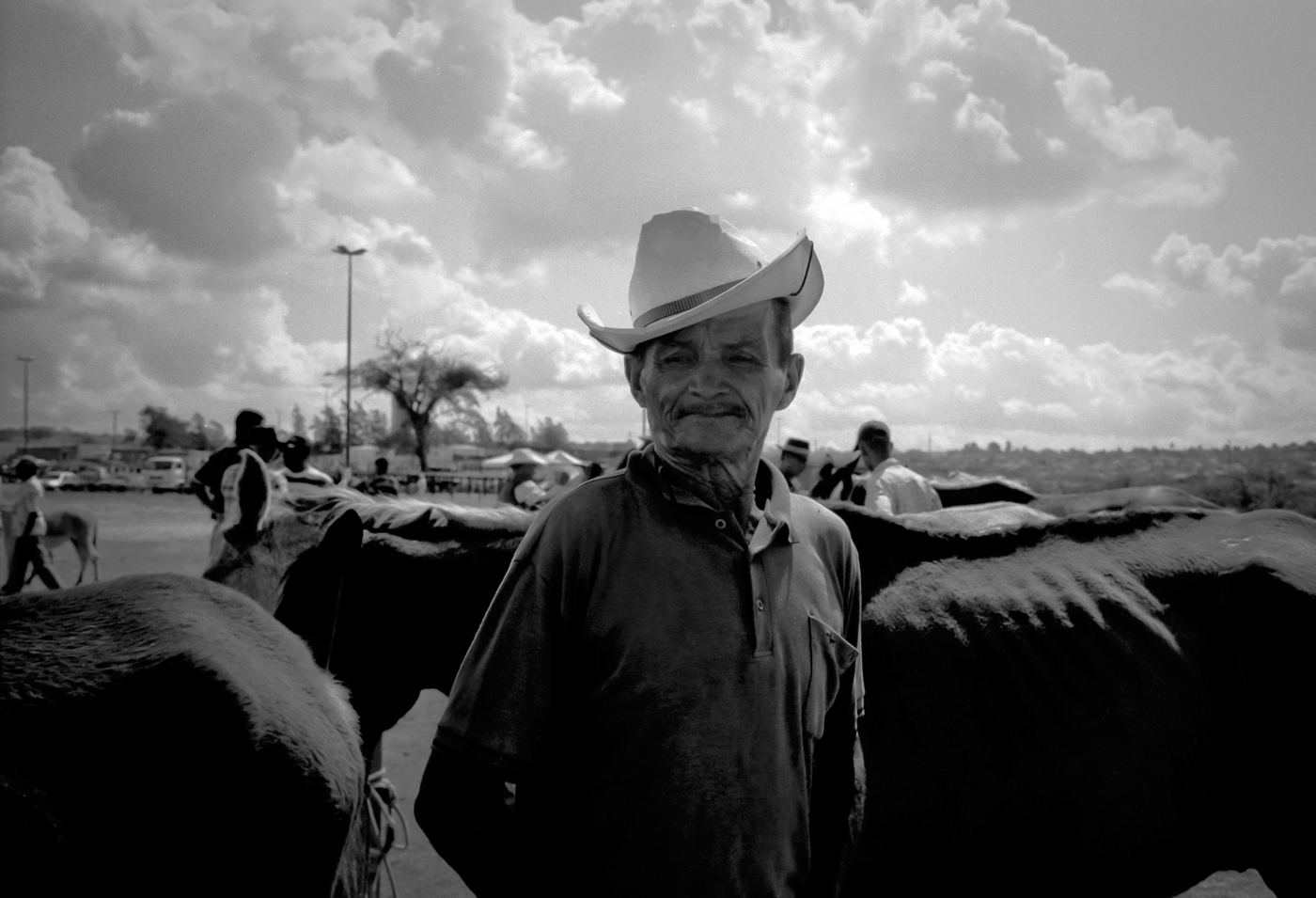


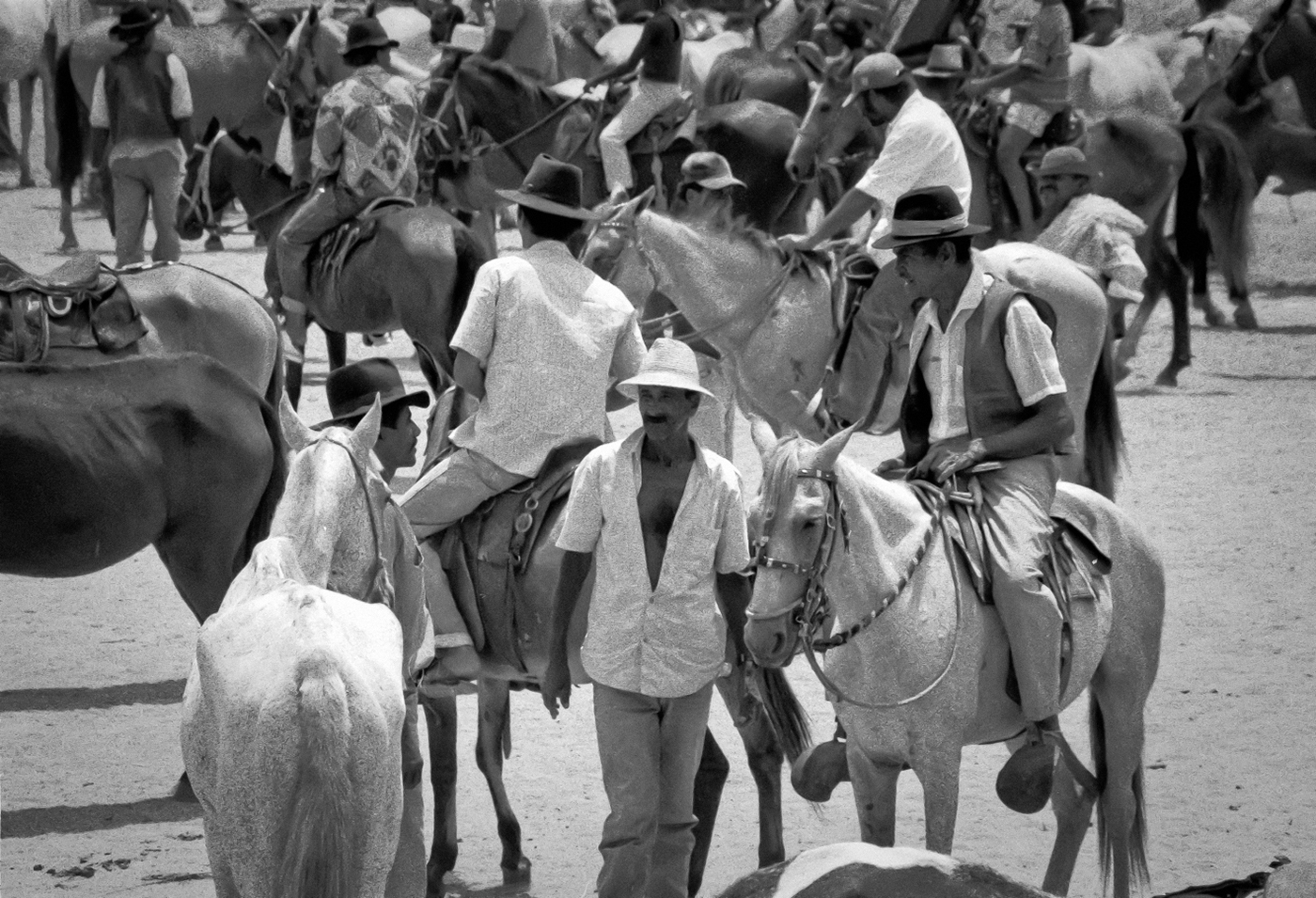
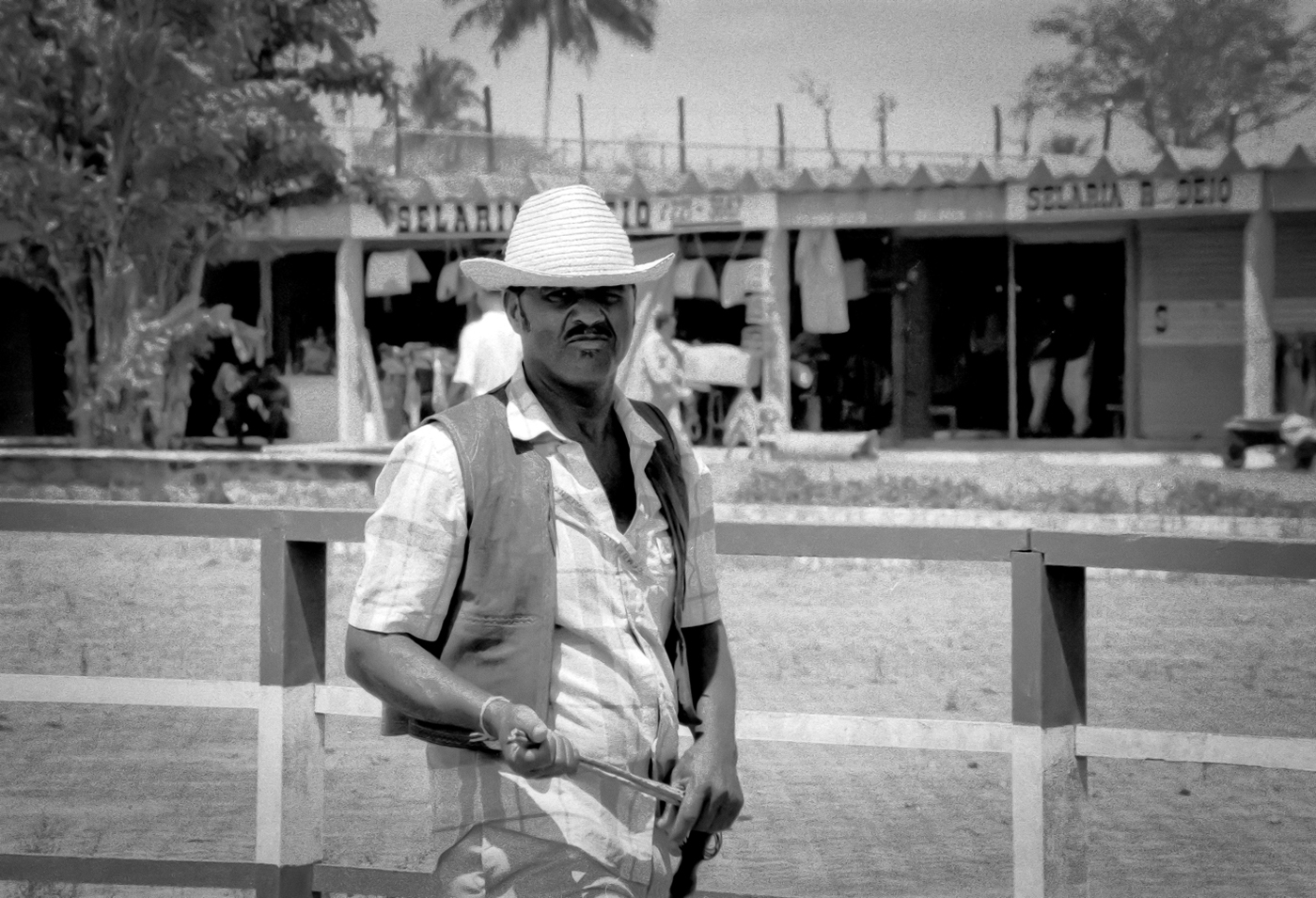
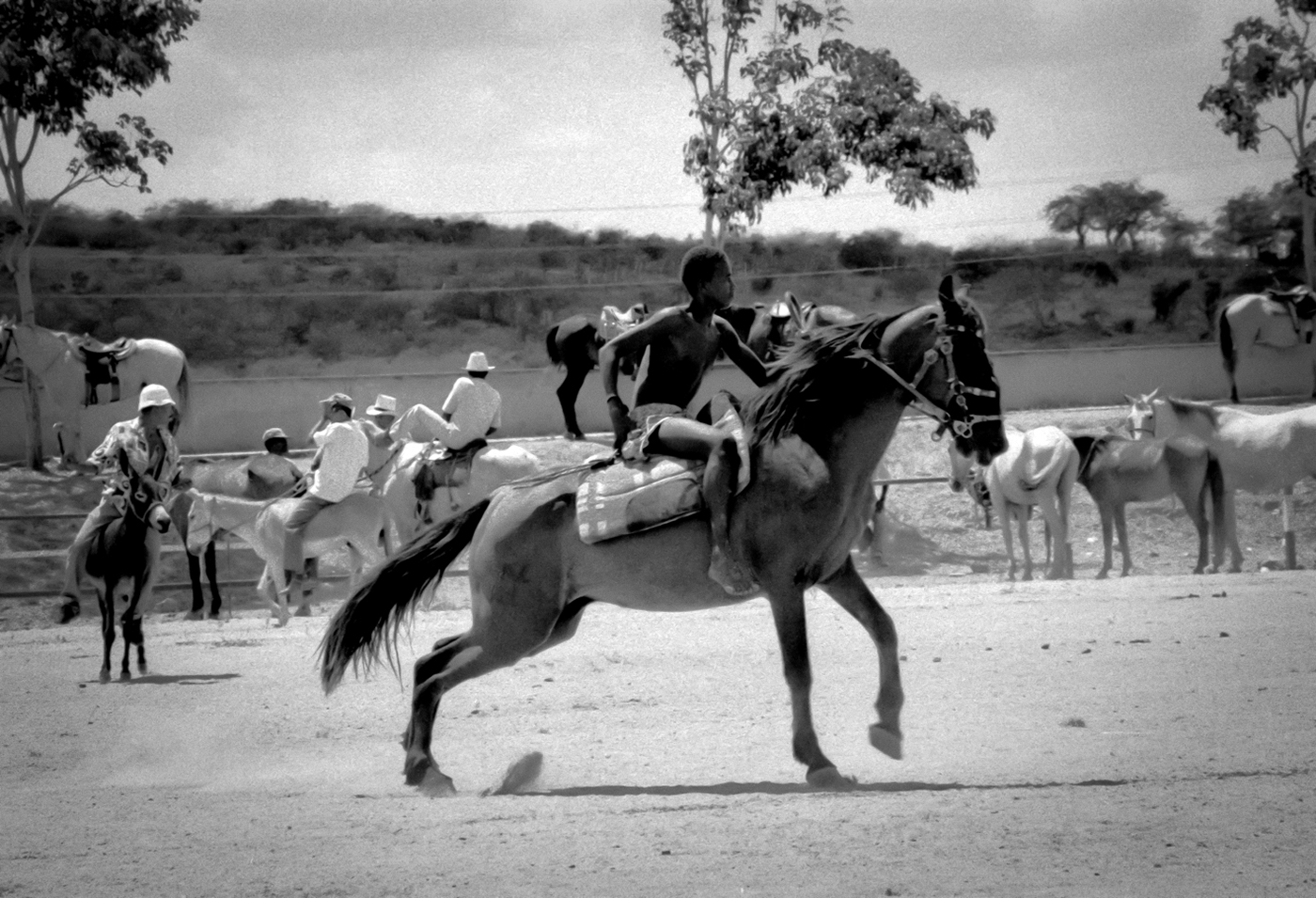
These photos are part of a photographic and documentary project, realized between 1996 and 2001 in Brazil. The original project has been developed in two different moments that have resulted in the creation of four documentaries shoted in the states of Amazonas, Roraima, Bahia, Minas Gerais and Parana', in addition to a portfolio that represents the synthesis. The cultural stratification which over the centuries has affected the Brazilian continent is still being seen today with anthropological and social connotations. The aim of photographic project shown here, is to catch the signs in the culture and society of visited countries.

